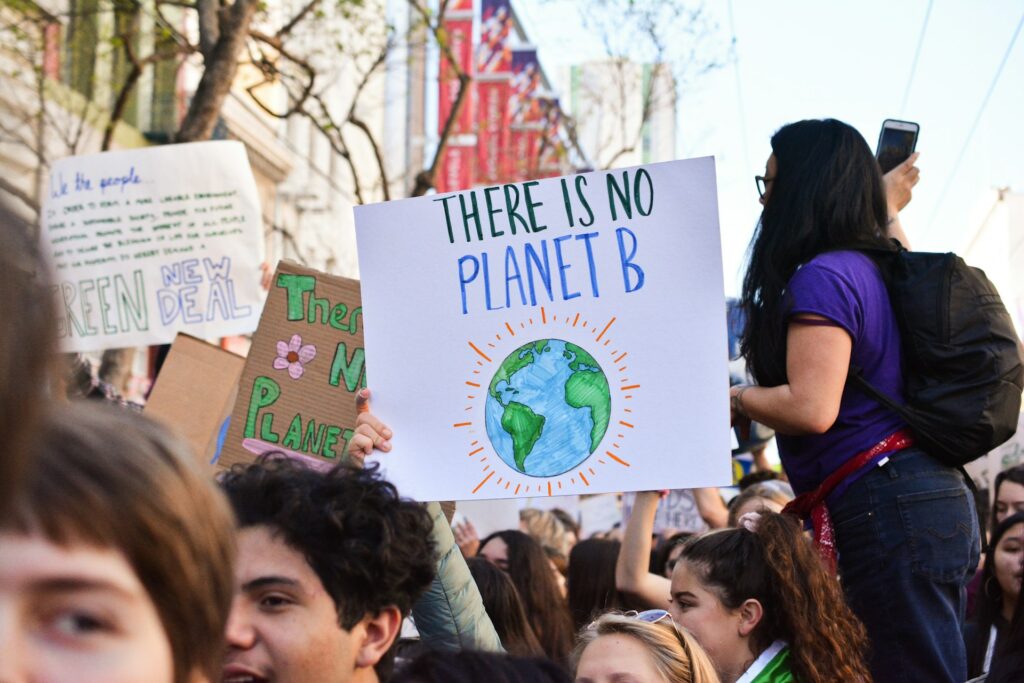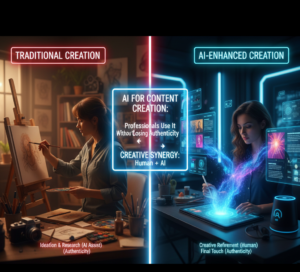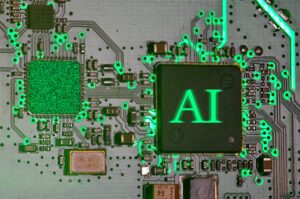Innovative Responses to the Problem of Climate Change

Innovative Responses to the Problem of Climate Change
The innovative ideas that are shaping a more environmentally friendly future
The issue of climate change may seem to be overwhelming; yet, scientists, businesspeople, and communities all around the globe are pioneering solutions that provide genuine hope. These inventions are pushing the frontiers of what is possible and demonstrating how we may be able to stop global warming before it is too late. These ideas range from harnessing the power of nature to redesigning our energy infrastructure.
Restoration of Ecosystems Through Nature’s Own Carbon Capture System
One of the most straightforward solutions to the problem of excessive carbon dioxide is to just let the earth to carry out its duty. As large-scale carbon sinks, reforestation and wetland restoration are gaining pace and becoming more important. They absorb carbon dioxide in a natural way, store it in their trunks, roots, and soil, and begin the process of rebuilding biodiversity when forests or peatlands are allowed to recover.
This is being taken to a higher level by innovators who are constructing “assisted” ecosystems. These ecosystems include the planting of specifically chosen tree species that grow quickly and are appropriate to the temperature of the location, or the use of drones to effectively seed distant places. Not only can the restoration of mangrove forests in coastal areas store carbon, but it also protects shorelines from the effects of storm surge events.
Engineering the atmosphere via the use of direct air capture
Even while trees are strong, they are not able to grow at a rate that is sufficient to fulfill human need alone. It is in this context that direct air capture (DAC) comes into play. Using these industrial equipment, carbon monoxide is extracted straight from the atmosphere, concentrated, and then either stored in a secure subterranean location or transformed into goods that may be used, such as construction materials or even synthetic fuels.
When first introduced, DAC plants were massive and expensive; but, new modular versions are becoming smaller and more affordable. In the year 2025, businesses are putting in place DAC units in conjunction with renewable energy farms. This is done to guarantee that the carbon removal process itself does not produce any emissions.
Beyond Solar and Wind: Breakthroughs in Clean Energy Infrastructure
Although solar panels and wind turbines have established standards in the field of renewable energy, researchers are always working to further the field. In addition to floating offshore wind farms, perovskite solar cells offer improved efficiency at cheaper production costs. These wind farms are also taking advantage of stronger and more consistent ocean winds.
While this is going on, advancements in energy storage, such as solid-state batteries and gravity-based devices that lift and drop large weights to store power, are helping to solve the “intermittency” issue. These developments are helping to smooth out supply at times when the sun is setting or when the winds decrease.
The use of digital tools to promote sustainable living in smart cities
It is possible that making cities smarter will have a significant influence since urban areas are the source of the majority of emissions. Smart meters that advise households to decrease energy usage, Internet of Things-enabled streetlights that dim when no one is present, and traffic systems powered by artificial intelligence that reduce congestion are all examples of technologies that are fast growing.
Some cities are even experimenting with digital twins, which are virtual reproductions of whole districts. These digital twins are used by city planners to estimate the effect of green roofs, modifications to public transportation, or pedestrian zones before they commit to building in the real world.
Agricultural practices that are regenerative: farms that heal the planet
This kind of farming often results in the depletion of soil and the emission of greenhouse gases. In order to make the soil healthier, regenerative agriculture takes a different approach by putting an emphasis on cover crops, rotational grazing, and little tilling of the soil. For example, healthy soils are able to store more carbon, better retain water, and lower the amount of synthetic fertilizers that are required.
In addition to these methods, the development of biochar, which is a kind of charcoal generated from waste biomass, is now underway. Biochar, when applied to soil, has the ability to store carbon for millennia and increase crop yields.
Solutions that are based on the ocean: the frontier of blue carbon
A 25% of the carbon dioxide that is created by humans is absorbed by the seas. Currently, researchers are looking at several methods to increase that capability. Seaweed farms, for example, cultivate enormous quantities of kelp, which, as they grow, eliminate carbon dioxide from the atmosphere. After it has been collected, seaweed may be used as a source of biofuels, animal feed, or even construction materials, and the carbon that it contains can be successfully stored.
Other initiatives are also researching the augmentation of ocean alkalinity, which involves the addition of minerals to seawater in order to increase its capacity to absorb carbon dioxide (CO2). However, this strategy is still subject to significant ecological safety assessments.
Utilizing Waste as a Resource in the Circular Economy
Millions of tons of garbage are produced by us, the majority of which is composed of carbon-intensive polymers and textiles. The goal of the circular economy model is to complete the cycle by transforming trash into raw materials for the production of new goods. Plastics are broken down into their molecular building components by the use of innovations in chemical recycling, which makes it possible to produce materials that are really sustainable.
Fashion businesses are forming partnerships with biotechnology companies in order to produce lab-grown leather from microbial cultures. This allows them to avoid the emissions and deforestation that are caused by animals. Bricks of the future are being created out of demolition debris via the use of recycled concrete and waste-based composites in the building industry.
Concluding Remarks: The Innovative Capabilities of Collective Action
There is no one answer that will put an end to climate change. In order to achieve a true breakthrough, it is necessary to combine these many methods, which include nature-based, technical, agricultural, urban, and economic initiatives. This requires financial investment, support from policymakers, and international cooperation.
Nevertheless, the progress that has already been made demonstrates a hopeful path: one in which human ingenuity, when combined with ecological understanding, has the potential to bend the curve on emissions of greenhouse gases. By providing support and embracing these new solutions, every individual contributes to the formation of a future that is both robust and low in carbon emissions.







